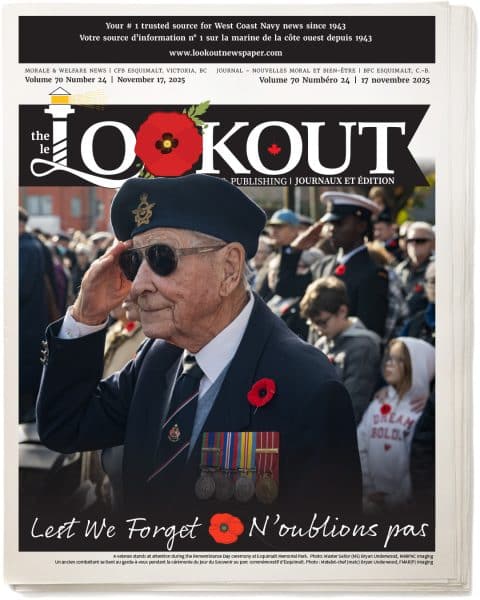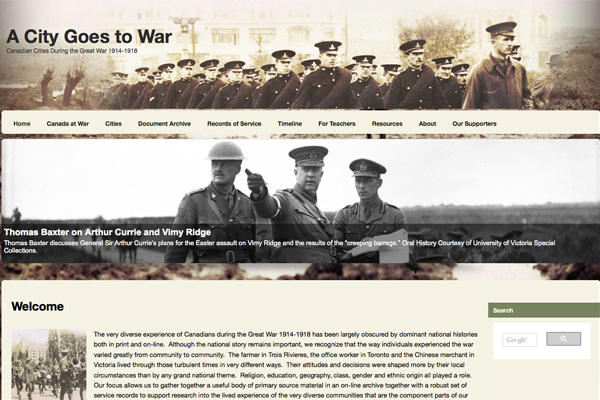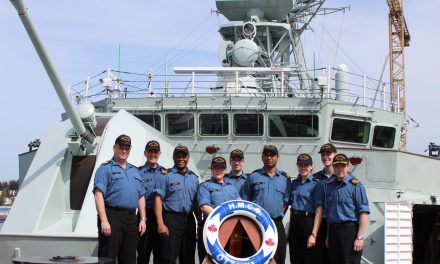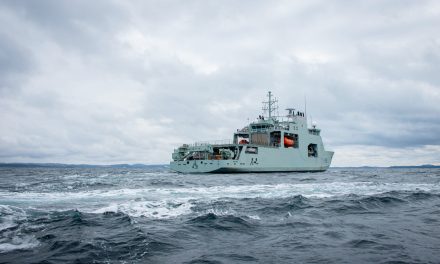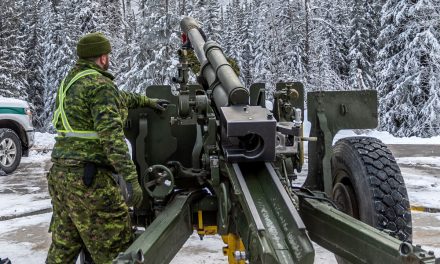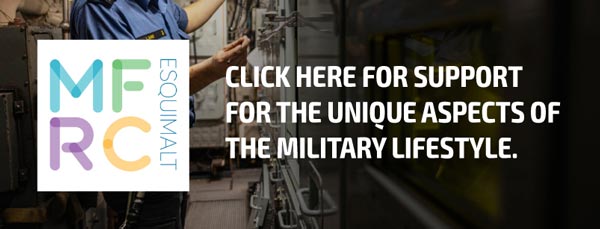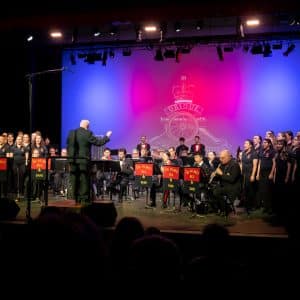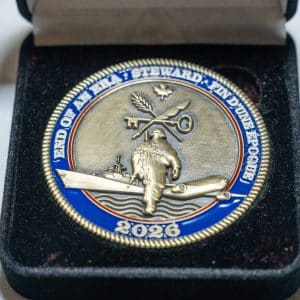An in-depth look at Victoria during World War One is now just a click away.
A new website titled “A City Goes to War” was conceived by University of Victoria (UVic) PhD student and retired Princess Patricia’s Canadian Light Infantry (PPCLI) Colonel Jim Kempling.
“I thought about how a lot of Victoria’s history from World War One has been forgotten,” says Col Kempling. “On Remembrance Day, we all say ‘we will remember them.’ The truth is we have forgotten. I wanted to help people remember what happened in Victoria.”
The website comprises historical articles, timelines, and service records that show the many significant events, both good and bad, that took place in Victoria during the conflict.
“We always talk about how Canada was ‘born on the bloody slopes of Vimy Ridge’, but we never talk about how there were anti-German riots in Victoria,” says Col Kempling. “Racism was rampant at the time. The Asian population in British Columbia wasn’t even allowed to join the military, they had to make their way to Alberta or further. These are things we’ve completely forgotten about.”
Victoria was also home to significant figures during the First World War, another fact often forgotten.
“Sir Arthur Currie, Commander of the Canadian Corps, was a school teacher and real estate agent in Victoria before World War One,” says Kempling. “Many people in Victoria have forgotten that, but it’s a big part of our history.”
The website, besides being an online archive, also offers a teaching package aimed at educating high school students on The Great War. The package includes assignments to encourage students to make what’s called a “Fakebook”, essentially a fictional social media page for a historical figure.
“We want kids to be aware of the history of their town,” says Col Kempling. “Hopefully this will be an effective way of making it more appealing to them.”
He says while certain portions of Victoria’s history may not paint the city in the brightest light, it’s a part of our history none-the-less.
“Forgetting about it doesn’t make it go away,” he says. “If we’re going to learn from our mistakes and make a better future we have to be aware of what happened in the past.”
In assembling the site, Col Kempling had help from a number of undergraduate and graduate students. One such student was Kirsten Hurworth, a History and English double major at UVic currently in her fourth year.
“My professor told me about the project following a paper I’d written about English/Canadian children during World War One,” says Hurworth. “They took me on and I spent my summer putting together content.”
The content was assembled through extensive interviews and research with the Canadian Scottish and Artillery regiments at Bay Street Armoury, Alden Armoury, and Fort Rodd Hill.
Hurworth’s articles are included in the site’s packages, as well as interviews and research papers on facets of the city’s history.
“Victoria has such a rich and strong history a lot of people have forgotten about,” says Hurworth. “It was a pleasure, and an honour, to be a part of the efforts to preserve and share it with the community.”
The website can be found at www.acitygoestowar.com
Shawn O’Hara, Staff Writer
